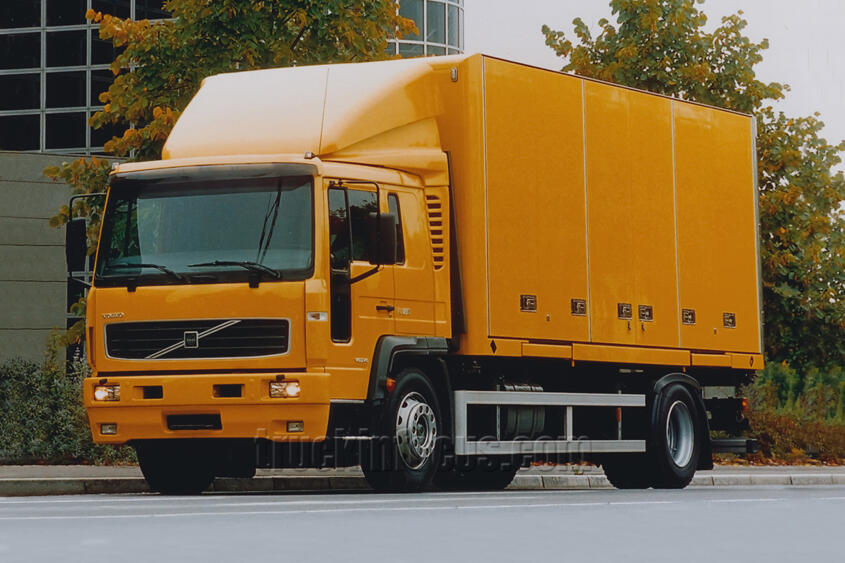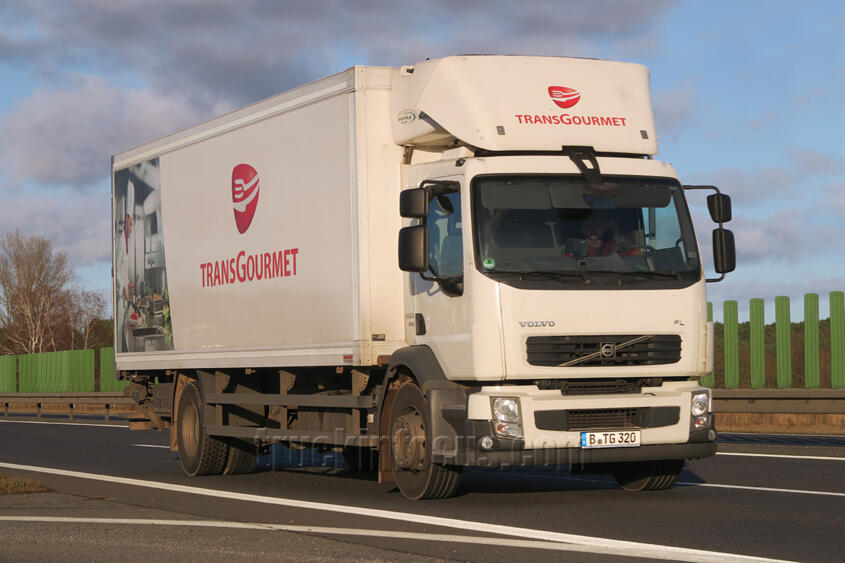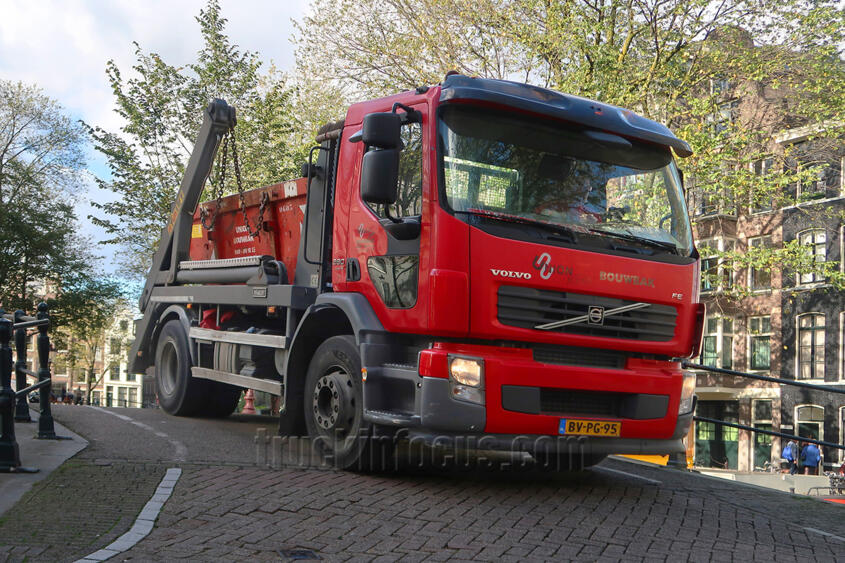The Volvo Chronicle
Page 10
By Christoph Büch (Berlin 2024)
In 2005, Volvo Trucks introduced a new 12.8-liter six-cylinder that was more fuel-efficient than its 12.1-liter predecessor. It also met both Euro 4 and Euro 5 standards with SCR catalysts. The engine was offered in four output levels from 400 to 520 hp. The smaller six-cylinder with a displacement of 9.4 liters covered the power range from 300 to 380 hp. The designation of the vehicles was no longer based on displacement, but the letters FH, FL and FM were followed by the respective horsepower number. On the right above the grille, only letters indicated the model series; the previously added numerals were omitted, except on the FH 16.
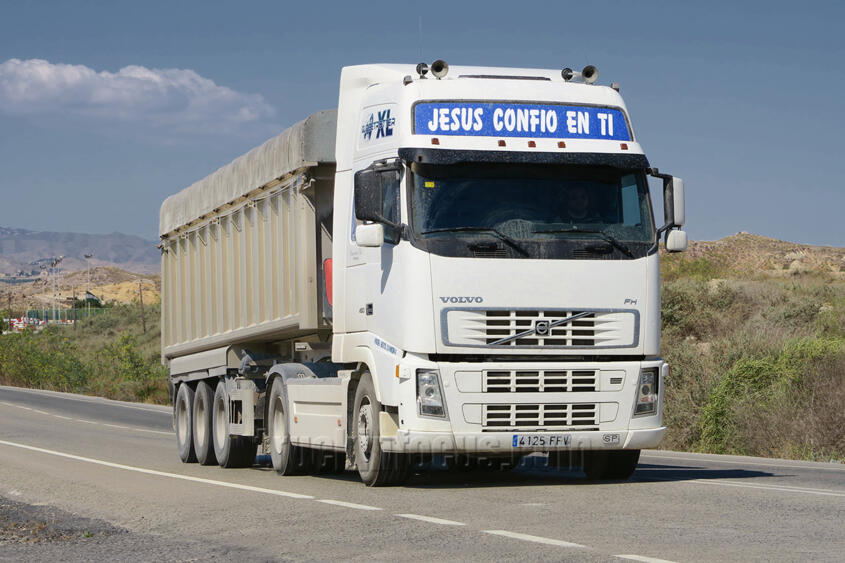
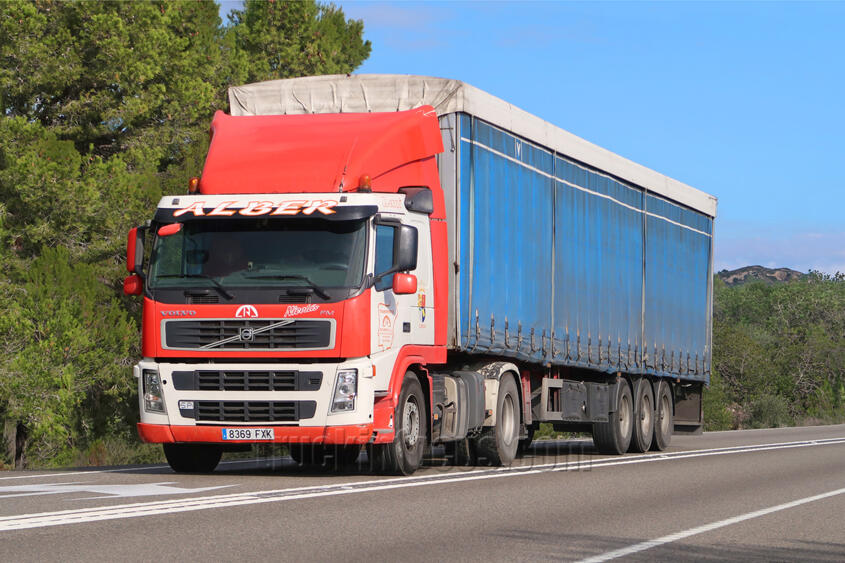
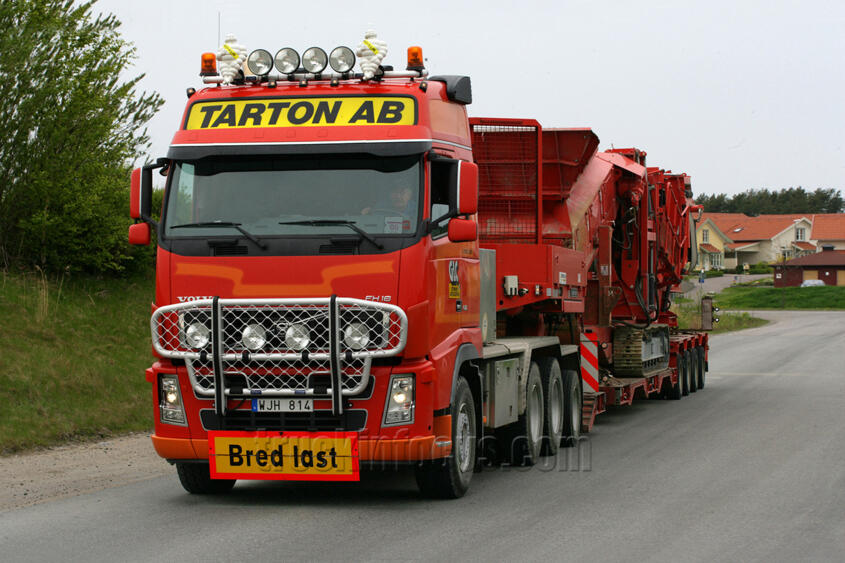
From 2005 year onwards, after a long run-up, the US conventionals of the VT and VN types were no longer predominantly powered by Cummins or Caterpillar engines. No less than 80 percent of them were now powered by Volvo's own diesels.
More than 200,000 trucks with a gross weight of six tons or more were now produced worldwide, the products of the Volvo, Renault and Mack brands combined. In addition, Volvo Trucks had been a shareholder in Japanese manufacturer Nissan Diesel since 2006 with the aim of a full takeover, which took place in 2007. In April 2021, Volvo sold UD Trucks Corporation, as Nissan Diesel was now known, to Isuzu.
FH 16 was available from 2006 with up to 660 hp and received a modified grille in the lower area with more openings for engine cooling and chrome trim on the sides.
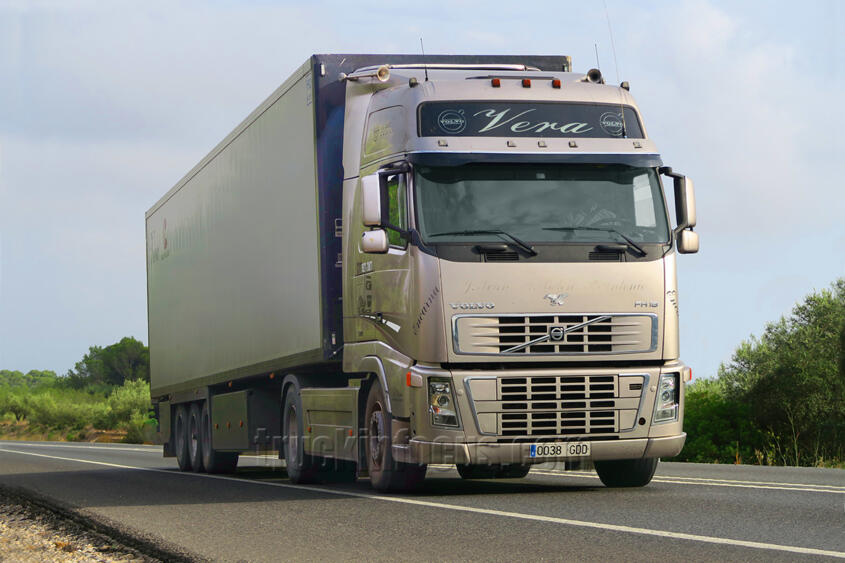
After a facelift in 2000 with a new grille and bumper, the light FL series received a new cab in 2006. It was developed jointly with Renault and supplied to Volvo from France. The accompanying six-cylinder engine with a displacement of 7.15 liters and 240 or 280 hp, which was also used in the Renault Midlum, came from engine manufacturer Deutz, in which Volvo held a 25 percent stake.
